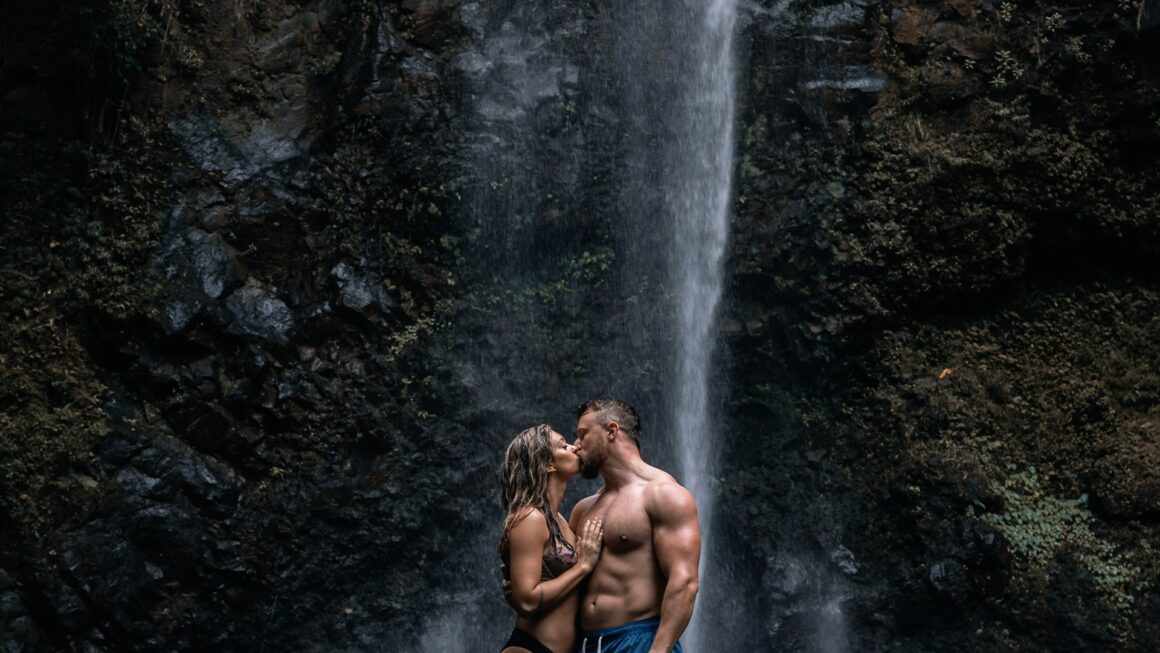Extreme weather tourism, notably storm-chasing, has garnered attention as a unique blend of adventure, education, and ethical complexity. It offers participants the chance to witness powerful storms under guided conditions.
This form of tourism typically attracts a diverse group of thrill-seekers, weather enthusiasts, and photographers eager to capture rare images of severe weather events. These tours are often marketed as educational experiences that provide insights into meteorological science and storm prediction techniques.
People who partake in storm chasing come from varied backgrounds, driven by a fascination with nature’s power. They seek to witness firsthand the fury of the skies. However, this pursuit raises critical ethical questions. One concern is the commodification of natural disasters, where severe weather events become spectacles. This perspective is problematic, especially when these tours could seem to trivialize or exploit the impacts of destructive weather.
Furthermore, storm chasing must be conducted with respect towards the communities affected by these weather phenomena. Tours should strive to minimize their environmental footprint and operate with a high degree of sensitivity when broadcasting images or sharing experiences of storm-induced destruction. Ethical storm chasing involves respecting local norms and ensuring that the pursuit does not hinder local response efforts or exploit affected communities.
What to watch
Safety is the foremost concern in storm-chasing tourism. Tour operators must ensure the well-being of their clients. This involves rigorous safety protocols and advanced meteorological equipment to predict and follow storms safely. Tour leaders are often meteorologists who understand how to navigate severe weather while keeping their groups from harm’s way. They ensure participants are well-informed about emergency procedures and keep a safe distance from the most dangerous conditions.
Despite these risks, many view storm chasing as a valuable educational tool. It promotes greater understanding and respect for meteorological phenomena and supports scientific research. By providing data and firsthand observations, storm chasers contribute to the broader scientific effort to understand and predict weather patterns.
In conclusion, while storm chasing offers an exhilarating experience amidst the raw power of nature, we must approach it with caution and responsibility. Participants and operators alike must balance the thrill of the chase with safety and ethical considerations. As this form of tourism continues to evolve, it is imperative that it fosters an appreciation for the forces of nature alongside a commitment to ethical practices and community respect. This ensures that storm chasing remains a pursuit that not only educates and excites but also adheres to principles that honor both human and environmental safety.



